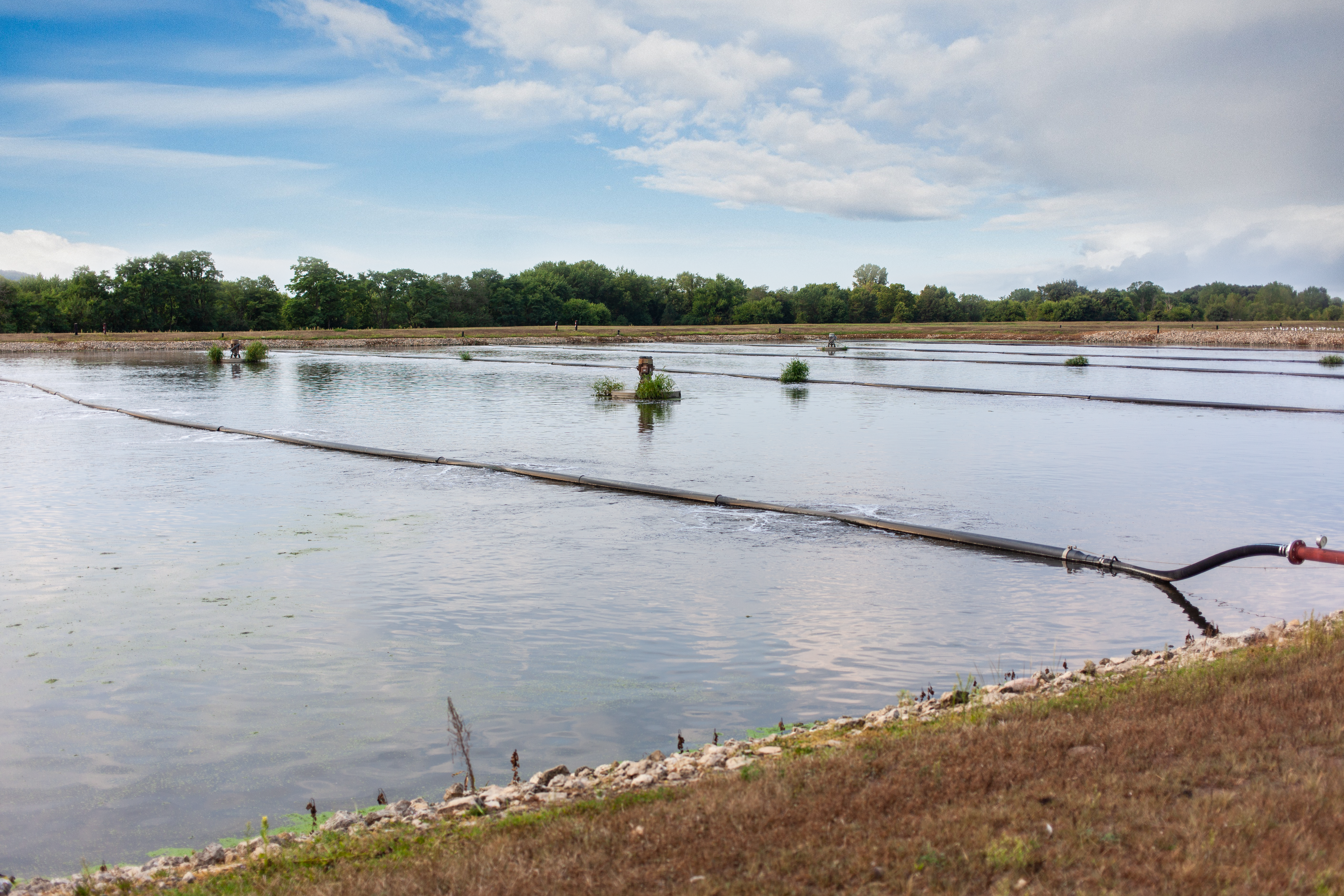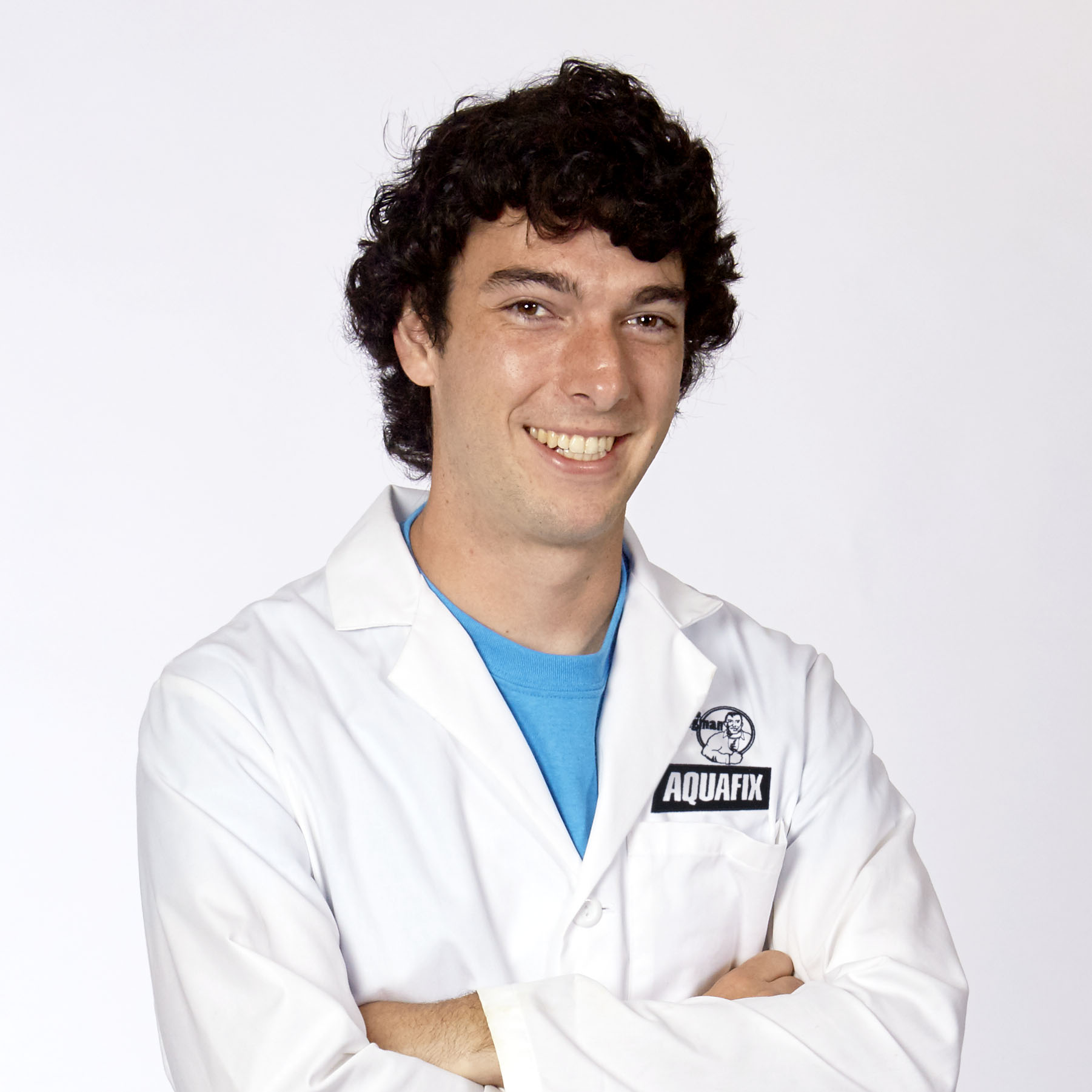Is Biological Sludge Removal Right For Your Plant?
How to deal with unwanted sludge production and performing a case study.
by Dan McKeaton, Aquafix Laboratories Director of Wastewater Education

Every year, lagoons accumulate more and more sludge. If this gets out of hand, one might confuse a 10’ deep lagoon, for a collection of 6” deep mud puddles. Even the best-designed lagoons with the most forgiving waste streams require dredging (mechanical removal of soft sediments) every 15-20 years. So how do you deal with this unwanted sludge production? This depends on your site and your goal! For simplicity here, this blog is just focusing on aerobic lagoons intended to remove nutrients with typical effluent limits.
At Aquafix, we’ve spent years attempting to limit the need for dredging ponds and lagoons by providing supplemental products for sludge reduction. Today, I’ll cover if SludgeRx is likely to be a good fit in a wastewater lagoon, and how to measure its impacts on your site.
Three major things to keep in mind to determine if SludgeRx is a good fit in your site.
Designed as a long-term solution
The bacteria in SludgeRx start to work instantly. However, it can take several months to see significant impacts on your lagoon. The best approach for SludgeRx treatment is to prevent sludge accumulation.
Effectively degrades volatile solids
Generally, the higher the volatile solids observed, the faster changes will be observed. Inert solids accumulation such as sand or gravel will require mechanical removal.
Tablet technology works with direct contact
Ensuring direct contact between SludgeRx tablets and the sludge will yield the best results. Foam and other surface matter will inhibit the effectiveness of SludgeRx and must be treated before applying.
The main alternative to SludgeRx is the mechanical removal of solids (in many cases, dredging). However, if your lagoon passes the above criteria, SludgeRx is likely an effective tool to reduce sediments and it may be worth performing a case study on your site! Aquafix often incentivizes companies looking to help us with field studies to measure SludgeRx’s effectiveness. In addition, running this type of study will help you better understand how long you can really go without a full pond cleanout.

For a case study to be effective, good-quality data needs to be collected, prior to treatment, to be relatively certain a product is working.
How much sludge is in your aerobic lagoon?
Even better, several months of data from previous years to show trends in your sludge development. However, in many cases it is not possible to collect this data, therefore we often work with sludge depth as it will almost never decrease over time without treatment.
What are other issues with your lagoon performance?
Does it have a bad odor? Are ammonia levels in effluent high? Are you discharging elevated levels of coliforms, or E-coli? Do you have high effluent TSS in your aerobic lagoon? The more potential performance metrics you have to study, the better your sense will be of what SludgeRx has done for your lagoon.

Once you’ve completed your pre-study assessment, you are ready to start applying SludgeRx and collecting data.
Sludge depth measurements with a sludge judge are effective for assessing solids reduction. It is best practice to leave an untreated area as a control to give you a good comparison. We recommend picking sludge testing sites ahead of time where SludgeRx tablets will be applied and having at least 4 different testing sites throughout the lagoon. More is always better, but make sure the number of testing sites is practical for your schedule. In addition to sludge reduction, there are a number of metrics SludgeRx may benefit your lagoon that can be measured. We’ve observed cases with:
- improved BOD removal
- improved ammonia removal
- improved phosphorus removal
- reduced TSS
- improved fecal coliform levels
- improved odor control*
- improved BOD removal
- improved ammonia removal
- improved phosphorus removal
- reduced TSS
- improved fecal coliform levels
- improved odor control*
Here are a couple of examples of case studies our clients have performed to be able to assess the impacts of SludgeRx in their system.
Sparta, GA Lagoon Sludge Study
A solids reduction study with sludge depth measurement data and fecal coliform data.
Hilmar, CA Wastewater Lagoon Study
In this case, the site was relatively unconcerned about sludge thickness, and was focused heavily on effluent nutrient removal to assess SludgeRx performance.
Aquafix is happy to provide all the insight you need to help you set up a case study if you have any questions, and we are always looking for new partner sites to improve our products’ data. Please contact us if you are interested in using SludgeRx, or even better, working with us on a SludgeRx study!

About the Author
Dan McKeaton holds a B.S. in chemistry and started working at Aquafix in 2014. Dan performs wastewater research at Aquafix Inc and has presented his research in quaternary ammonium cations at the WEFTEC technical symposium in 2019. Dan also designs customer treatability studies in wastewater, assists in the development of wastewater products, and performs microscopic analysis for wastewater customers.
